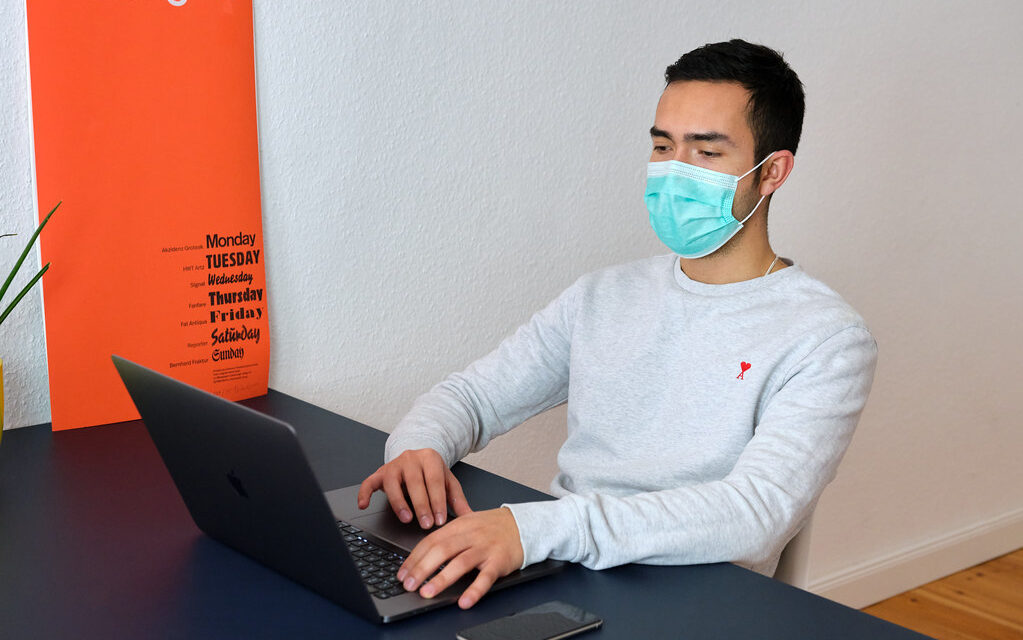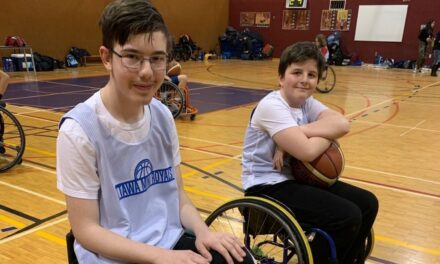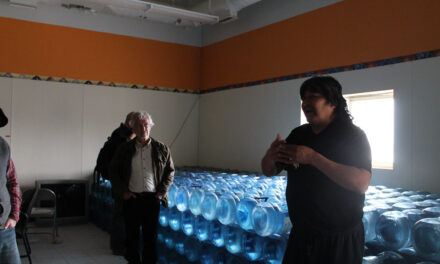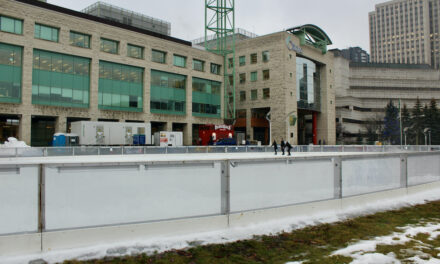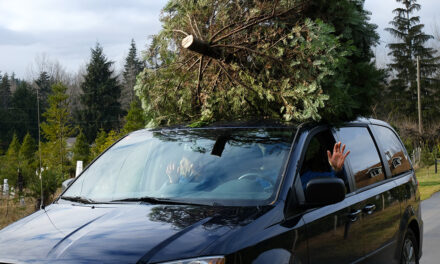Students across Canada will continue to do remote learning after Christmas.
(Photo by danielfoster437 licensed under CC BY-NC-SA 2.0)
REGINA and OTTAWA – Ontario reported 129 new school-related cases of COVID-19 Friday. In the past 14 days, there have been 1,445.
School staff have many concerns, says Jamie Thom, vice president of Elementary Teachers of Toronto. These include the mixing of cohorts during recesses, students removing masks during lunch hour, and a lack of proper ventilation in older buildings.
“You’re starting to see those kinds of concerns manifest themselves in the things we’ve seen over the course of the last few days,” Thom says, referring to schools in Toronto that had to close because the virus was spreading.
Local public health units make the call when deciding how to respond to outbreaks in schools. Potential responses include closing classrooms, cohorts, or the entire school.
Toronto Public Health has asked the Toronto District School Board to close Thorncliffe Park Public School until Dec. 9 as there have been more than two dozen cases of COVID-19 among students and teachers at the school.
The outbreak was discovered after asymptomatic testing started at designated Ontario public schools.
On Dec. 4, 2020, Ontario’s Ministry of Education released the most recent data on COVID-19 case counts related to schools.
The Toronto District School Board said in a press release today that the health and safety of their staff and students is the priority. Ryan Bird, spokesperson for the TDSB, says the board is working closely and following directions from Toronto Public Health.
Yet a clear solution that balances health and safety with proper socialization and education is yet to be seen in Ontario. Virtual classes are a challenge for teachers, says Thom, because they are expected to improvise with minimal resources or support.
But Ontario is not the only province struggling with COVID-19 and schools.
Manitoba announced in a press release on Wednesday that students in Grades 7-12 would study remotely for two weeks after Christmas, and students in Kindergarten through Grade 6 could choose to do so too.
“Current data indicates the risk of COVID-19 transmission in our schools remains low and we want to ensure the return to the classroom is as safe as practically possible,” said Education Minister Kelvin Goertzen in an issued statement.
He said the move online would “[reduce] the risk that may be posed as a result of a change in students’ close contacts during the winter break.”
In Alberta, students in Grades 7 through 12 began learning exclusively online on Nov. 30, and are expected to do so through the break.
Online learning has helped flatten the curve, Erin Allin, staff to Alberta’s Minister of Education, said in a tweet on Thursday. She added the provincial plan was working because fewer than 0.2 per cent of students and teachers had active cases of the virus.
Edmonton Public School Board trustee Trisha Estabrooks says that her daughter is having success with online school. But she says that schools serve many purposes such as giving youth a place to socialize, which is important because children are suffering from time away from their friends.
She says that the positive side to this is that students understand they are part of the solution to combat COVID-19.
Jenny Penny, a mother of two boys in grades four and six, says that her family chose to have their children learn online this year. Though her boys are engaged in online learning, she worries about long term effects.
“One of the scariest parts for my kids is their mental health. We have been doing our best at home to keep them busy, and have distanced fires and visits with some family, but they have not played with friends for a very long time. I worry that they are going to have long term negative effects from all of this,” Penny says.
Estabrooks says that principals have taken on this role calling the families of students who may have come into contact with a COVID-19 case because the contact-tracing system in Alberta is overwhelmed.
It’s important to acknowledge the hard work of teachers, she says. “They are the new wave of frontline workers.”

